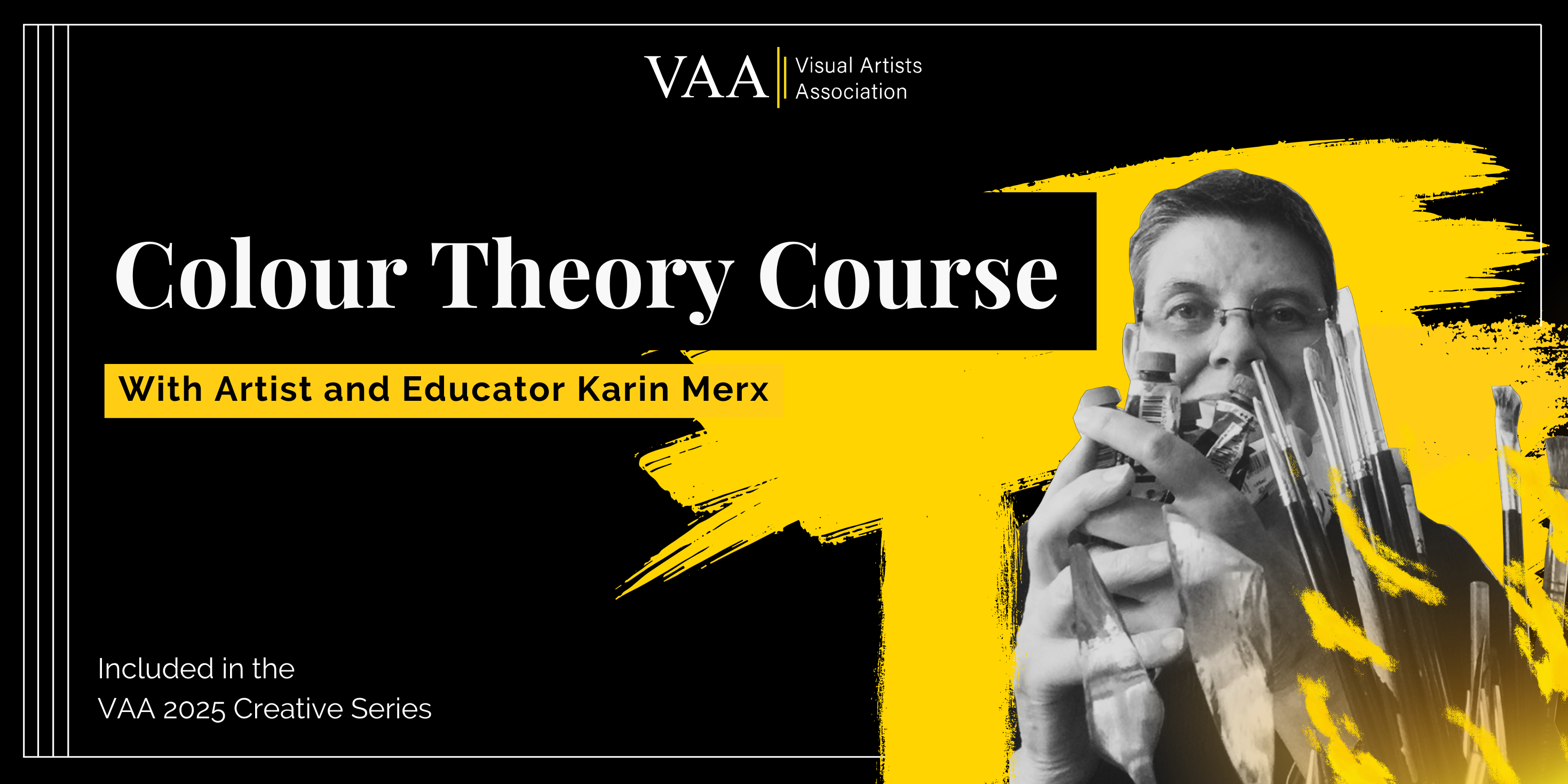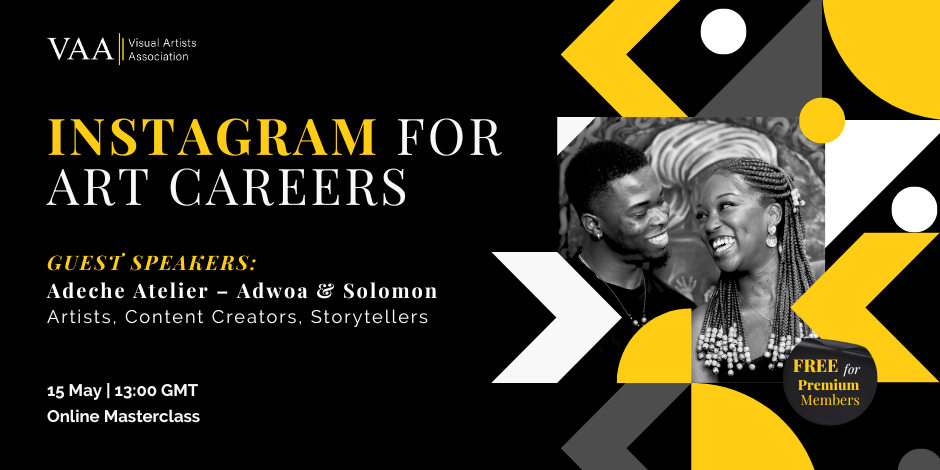
- This event has passed.
Colour Theory Course
05 February @ 1:00 pm - 2:00 pm
£110.00 – £165.00
This four-week course in colour theory is designed to teach everything you’ve always wanted to know about colour and mixing colours. It’s ideal for artists of all levels—from beginners to professionals—whether you work with oils, acrylics, watercolours, or coloured pencils, and whether your style is realistic or abstract.
The aim of the course is to help you choose your palettes with confidence, mix colours without creating mud, and enjoy experimenting with colour in your work. By understanding the fundamentals of colour theory, you’ll improve your paintings and gain the freedom to experiment with ease and knowledge.
Why this course?
Colour theory is often overlooked in art schools, academies, and universities unless you study design. Traditional training tends to focus on values, while contemporary art academies prioritise creativity. As a result, many artists struggle with colour, lacking the confidence to mix or combine it effectively. This course addresses those gaps, helping you create work with depth, contrast, and balance.
What will you learn?
- The history of colour and the evolution of colour wheels
- Pigments: their opacity, hue, saturation, and value
- Understanding temperature, relativity, and colour schemes
- Techniques for mixing colours effectively without overcomplicating or overspending
About your tutor
Karin Merx, BMus, BA Cultural Philosophy, MA Art History, is a portrait artist with 30 years of experience teaching and mentoring. Her passion for oil painting began with a classical, minimal palette based on 17th-century techniques. However, Karin wanted to explore beyond this and struggled to mix colours effectively when she expanded her palette.
Tips from Karin
These practical tips are for both pigment painters and digital painters to address common challenges and improve their artistic practice:
- What can I do when my art is oversaturated?
Add neutrals or greys to balance the intensity and create a more harmonious composition. - How can I create harmony in my work?
Use a cohesive colour scheme, such as complementary, analogous, or monochromatic palettes. - What does CMYK stand for, and why is it not blue and red?
CMYK stands for Cyan, Magenta, Yellow, and Black. Unlike pigment mixing, digital printing uses the RGB colour model, which is based on light. In RGB, mixing red and blue creates magenta, red and green create yellow, and blue and green create cyan. These combinations produce the brightest colours needed for full-colour printing. - I can’t seem to mix proper skin colours.
Keep it simple by using a minimal palette: Yellow Ochre, Red (Cadmium or Alizarin Crimson), Black, and White (Titanium or Flake White). This approach provides a balanced range for creating natural skin tones.
Through studying and applying the fundamentals of colour theory, Karin learned to use colours deliberately in her work, giving her the freedom to paint in classical or bold styles—or even a combination of the two. Now, Karin shares her expertise to help other artists master colour and create work that is vibrant, expressive, and technically skilled.
You can find out more about Karin and her work on her website or through her Art Talk podcast.
Course details
Duration: 4 weeks
Weekly 1-hour Zoom sessions for feedback and Q&A
Dates: 5th, 8th, 15th, and 22nd February
Time: 1 PM GMT (UK Time)
Format: Online with drip content. You’ll gain access to the first lesson as soon as you subscribe, with new lessons released weekly.
Whether you’re looking to improve your paintings or explore colour with confidence and skill, this course is for you.



